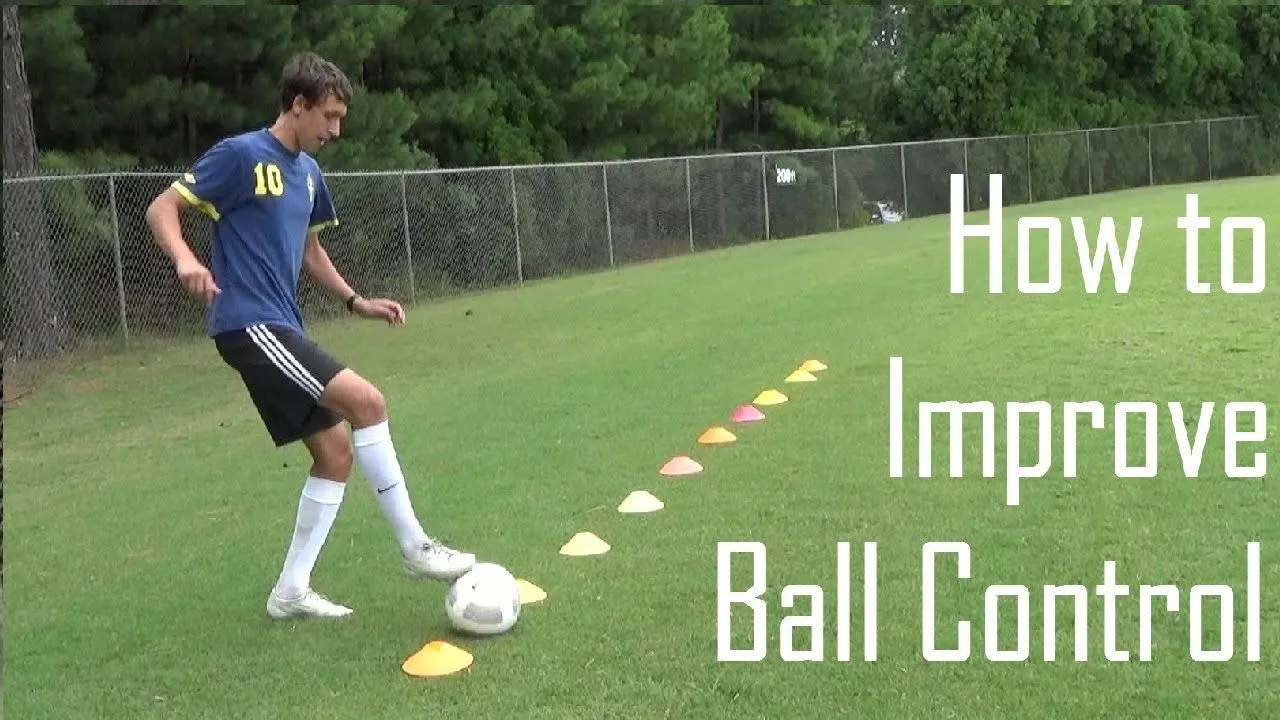
Understanding the Basics of Ball Control
One of the key components to becoming a better soccer player is mastering ball control. I've discovered that understanding the physics of a soccer ball is the first step towards achieving this. The weight, size, and material of a soccer ball can greatly impact how it responds to your touch. For instance, a lighter ball is easier to control but harder to aim while a heavier ball is more difficult to manipulate but provides better accuracy.
It's also important to familiarize yourself with the different parts of the foot and how they influence ball control. The inside of the foot, outside of the foot, instep, and sole each provide different levels of control and power. Experimenting with these areas on your own can give you a better sense of how to balance a soccer ball on your foot.
Choosing the Appropriate Footwear
When it comes to balancing a soccer ball on your foot, the type of shoes you wear can make a significant difference. As a soccer player myself, I've found that shoes with a flat surface, like soccer cleats, provide the best control. They allow for a larger area of contact with the ball, making it easier to balance.
Additionally, the material of the shoes can also impact ball control. Shoes made from leather or synthetic materials offer better grip and control. However, the most important factor is comfort. You need to feel comfortable in your shoes to effectively control and balance a soccer ball on your foot.
Practicing Basic Ball Control Drills
There are several basic drills that I've found to be very effective in improving ball control. One such drill involves juggling the ball with your foot. Start with the ball in your hands, drop it to your foot, and then try to keep it in the air by repeatedly striking it lightly with your foot. This drill helps you get a feel for the ball and improves your touch.
Another drill involves balancing the ball on your foot. Start by placing the ball on your foot and try to keep it there as long as possible. This will help you understand how small movements of your foot can significantly affect the ball's balance.
Enhancing Ball Control with Advanced Techniques
Once you've mastered the basics, you can start practicing more advanced techniques. One such technique is the 'around the world' trick, where you juggle the ball on your foot, flick it up, move your foot in a circular motion around the ball, and then continue juggling. This technique requires a lot of practice, but it's a great way to improve your ball control and impress your friends.
Another technique involves rolling the ball up your leg, flicking it into the air with your heel, and then catching it on your foot. This move requires good coordination and balance, but with practice, it can greatly improve your ball control.
Staying Consistent with Practice
The key to mastering any skill, including balancing a soccer ball on your foot, is consistent practice. I've found that practicing for a few minutes every day can lead to significant improvements over time. It's better to practice consistently for short periods rather than trying to cram in several hours of practice at once.
Remember, it's okay to struggle and make mistakes during practice. In fact, making mistakes is an important part of the learning process. Don't get discouraged if you can't balance the ball on your foot right away. With patience and perseverance, you will get there.
Applying Skills in a Game Situation
Finally, it's important to apply the skills you've learned in a game situation. Balancing a ball on your foot can be a useful skill during a game, especially when you need to control a high ball quickly or when you want to perform tricks to outwit your opponents.
However, remember that soccer is a team sport. While individual skills are important, it's crucial to use them in a way that benefits your team. Always keep in mind that the ultimate goal is to work together with your teammates to win the game.
